Week four (Season 2, Stage 1) of the Overwatch League is coming to a close. The league is one of the first in the industry to make use of location-based teams, giving unlikely fans a reason to root for their home team. The goal was to increase their potential audience, and we wanted to see if it was working. We of course only have four weeks of data to work off of right now, so we’ll have to take a more in-depth look as the season plays out. However, that being said — Twitch viewership is currently on the decline.
The numbers
There are a few different ways you can tune into the OWL each week. Blizzard lets fans watch via their Battle.net client, the ESPN app, and sometimes on Disney XD. The most common way to watch, however, is on Twitch. We’ll focus on Twitch, as it serves the vast majority of OWL viewers.
It’s worth mentioning that it’s normal for a premiere to have more viewership than subsequent airings. The real question is whether or not the numbers can be sustained or even increase over time. The graph below tells us the story so far.

This graph depicts an hourly average number of viewers, so keep in mind that peak viewership on each day was higher.
What we see here is that week one pulled huge numbers, worthy of anyone’s attention. Week two was naturally lower but held strong at roughly 175,000 people tuning in per night. Week three, however, consistently averaged below 150,000, showing another major decrease overall. This week maintained similar averages, still hovering above the 100,000 mark.
Nothing so far spells doom for the Overwatch League, but things aren’t going as viral as Blizzard had hoped. The plan has always been for teams to play in arenas located in each of their home cities. This year, the OWL continued in Blizzard’s Los Angeles-based venue. For the League to garner the investments required for those home team stadiums, however, viewer count needs to be trending upwards.
Well, what about last year?

Honestly, season two is shaping up to match season one almost identically. Season one managed to hold steady pretty much all year long. What interests us most about this graph, however, is just how consistent it actually is. Aside from the expected uptick towards the end of the season, numbers didn’t grow at all for the League in 2018.
Why is this happening?
Obviously, we don’t have access to Activision Blizzard’s internal analytics, so take this section as our opinion. There are two key factors that we can identify on the surface. The first is the current meta in competitive Overwatch. Fans are all too familiar with “GOATS,” the moniker given to a three-support, three-tank composition. To simplify, basically every Overwatch League match is a boring mirror between the same six heroes, with deviations being a rare and exciting sight. It’s hard to imagine much hype around the league when it feels like every team is forced into the same strategy. Spectators want headshots and counter plays, and if the Overwatch balance team can’t make that happen, things may be grim.
Second, we think Overwatch may have been released just a bit too late. With the battle royale genre stampeding over the games industry, it’s hard for any game to grab attention, let alone a shooter. The OWL functions differently than games such as Fortnite or Apex Legends though. There’s a clear distinction between a competitive league with a weekly schedule and watching a streamer play their game of choice. Nonetheless, people still have to choose what to watch, and surely the hundreds of thousands of battle royale viewers would be a welcome sight for Activision Blizzard.
What’s it all mean?
The Overwatch League was meant to be a long-term endeavor from the start. The developers knew this, and the investors behind the teams expected it too. The prospect of massive audiences and home vs. away games, however, can’t be sustained on 100,000 viewers. One must not look further than Activision Blizzard’s financial investments into the league to understand what’s at stake. Expectations are high for everyone involved, and season two is the time to make it happen.
To realize the dreams of the Overwatch League, something has to change. Sustained engagement is good, but it’s nowhere near the goalpost. We hope to see some growth in the coming months. As we mentioned before, no one expects this to blow up overnight. If they can show steady increases, things will look good for the future. In the meantime, we just hope that all the investment money tied up in the league doesn’t decide to walk away.


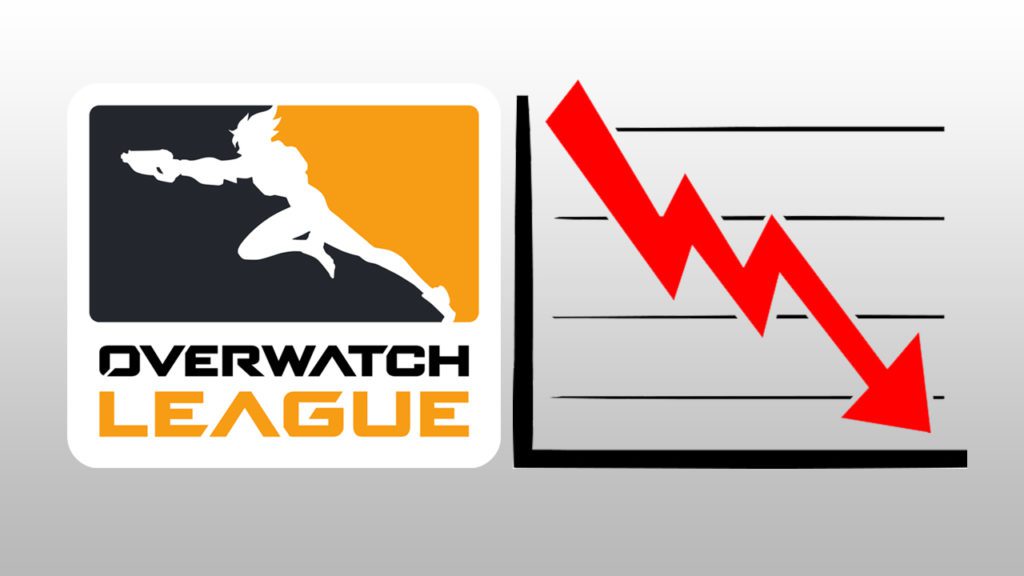



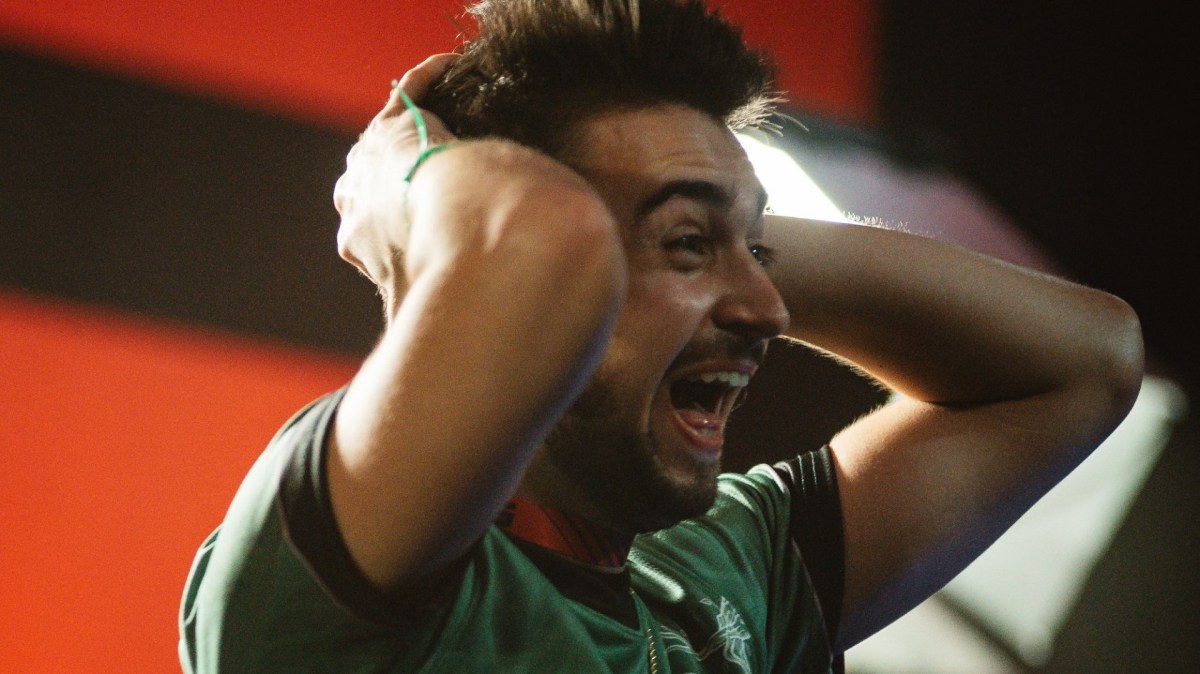


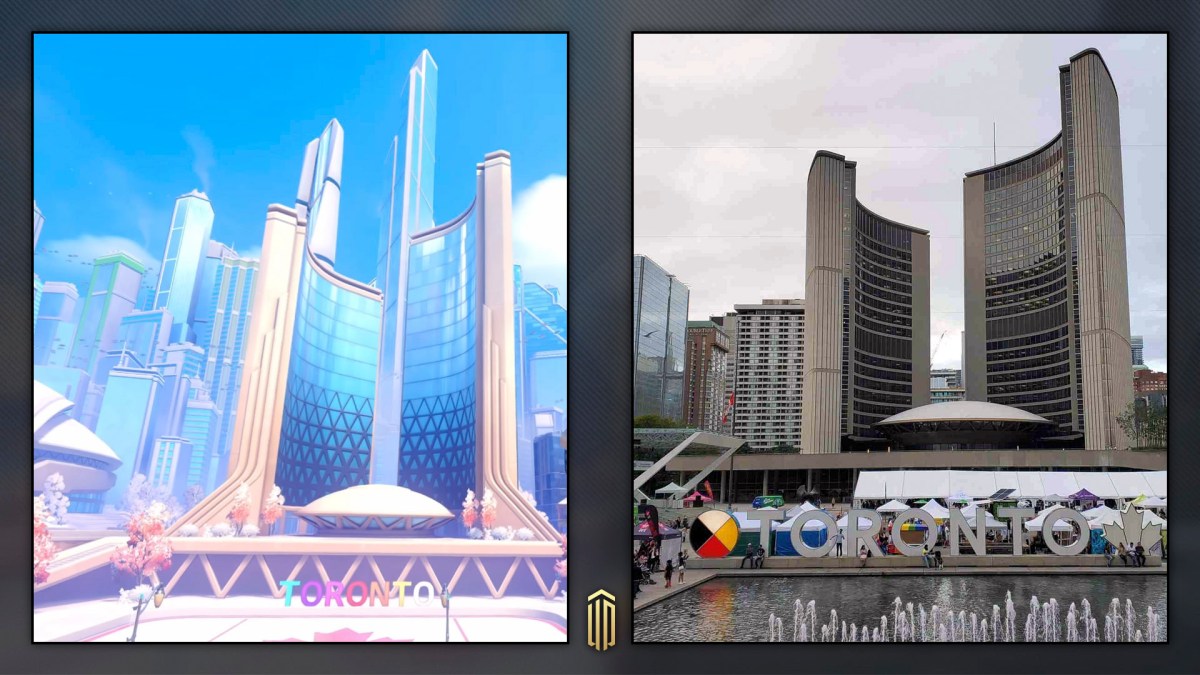
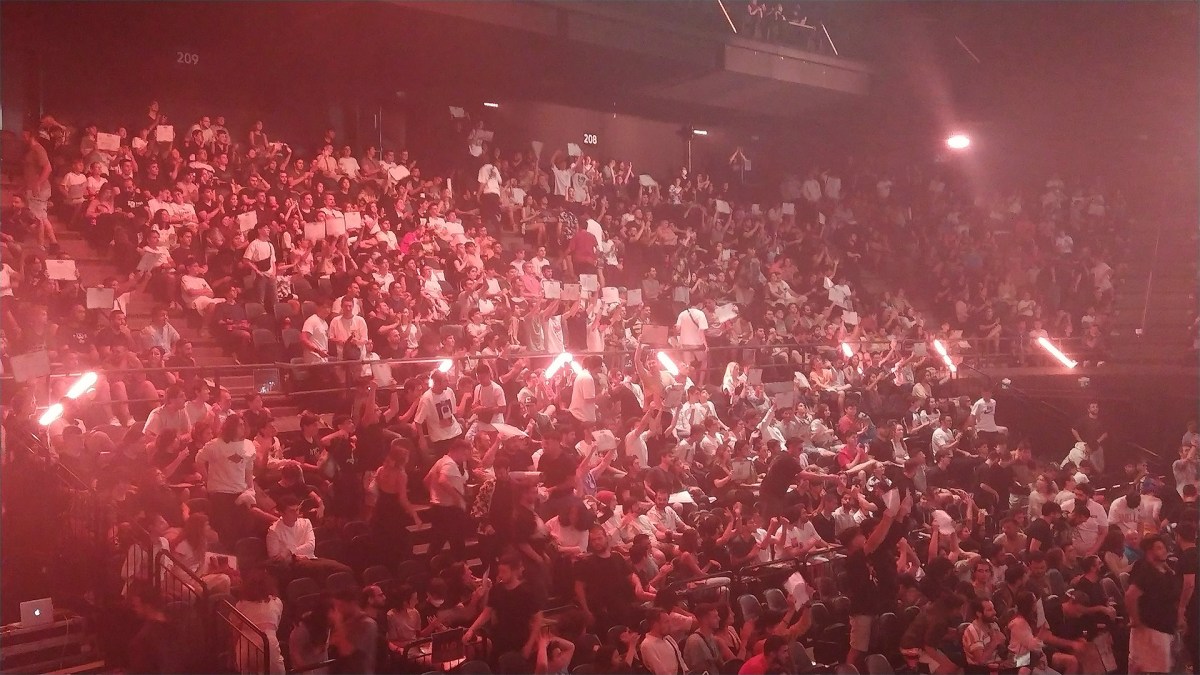

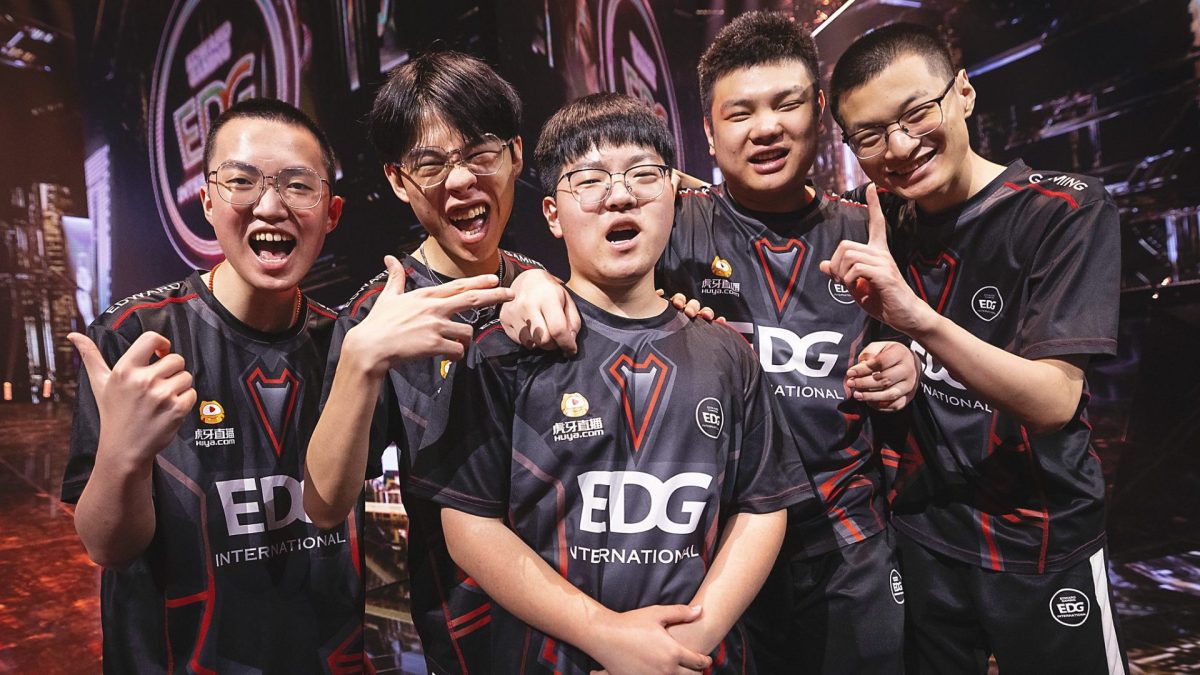

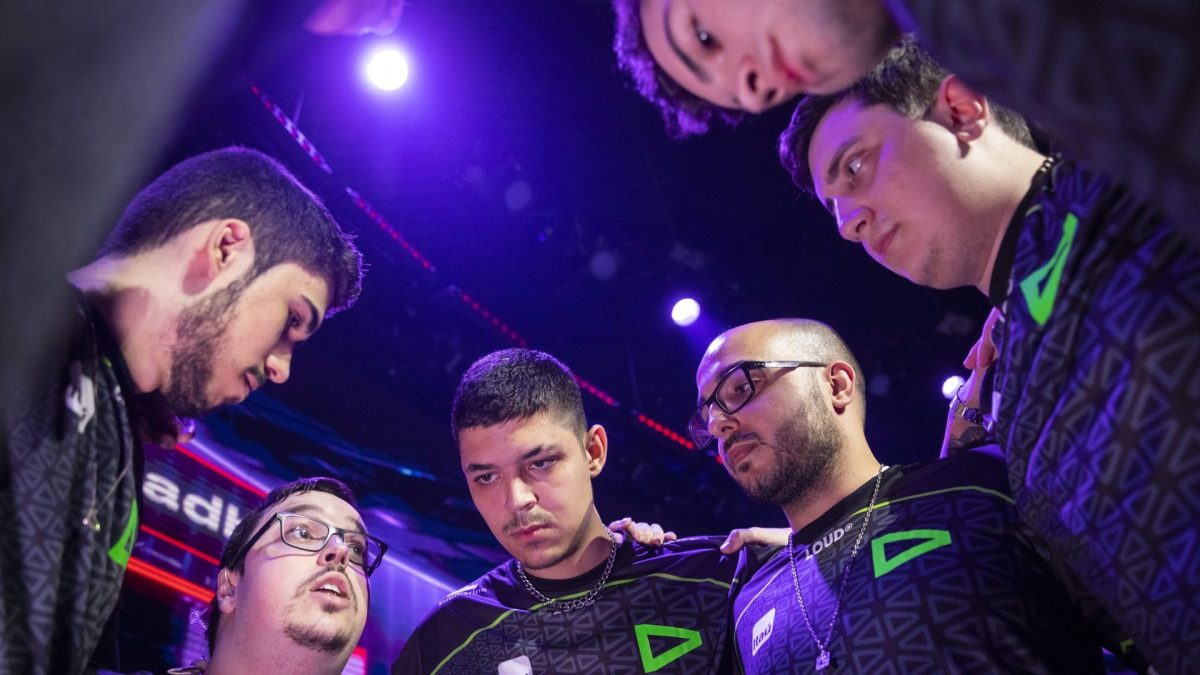

Published: Mar 11, 2019 12:06 pm